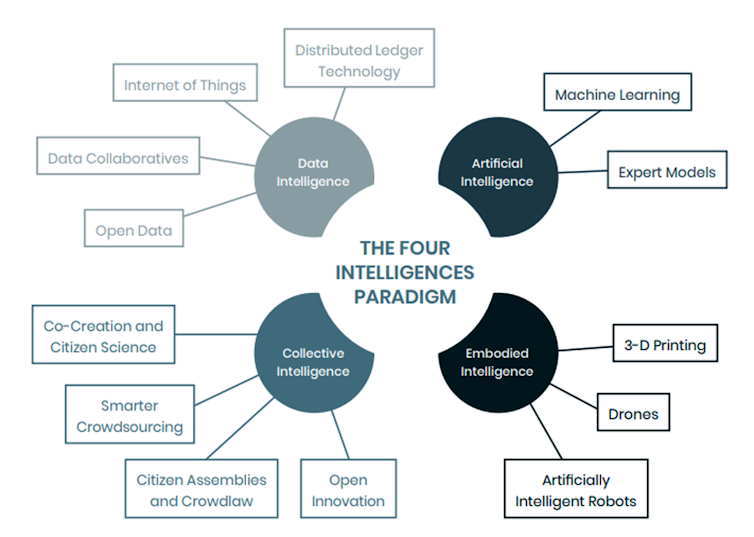Policy Brief by Aline Blankertz: “Data about individuals, about their preferences and behaviors, has become an increasingly important resource for companies, public agencies, and research institutions. Consumers carry the burden of having to decide which data about them is shared for which purpose. They want to make sure that data about them is not used to infer intimate details of their private life or to pursue other undesirable purposes. At the same time, they want to benefit from personalized products and innovation driven by the same data. The complexity of how data is collected and used overwhelms consumers, many of whom wearily accept privacy policies and lose trust that those who gain effective control over the data will use it for the consumers’ benefit.
At the same time, a few large companies accumulate and lock in vast amounts of data that enable them to use insights across markets and across consumers. In Europe, the General Data Protection Regulation (GDPR) has given data rights to consumers to assert their interests vis-a-vis those companies, but it gives consumers neither enough information nor enough power to make themselves heard. Other organizations, especially small businesses or start-ups, do not have access to the data (unless individual consumers laboriously exercise their right to portability), which often inhibits competition and innovation. Governments across Europe would like to tackle the challenge of reconciling productive data use with privacy. In recent months, data trusts have emerged as a promising solution to enable data-sharing for the benefit of consumers.
The concept has been endorsed by a broad range of stakeholders, including privacy advocates, companies and expert commissions. In Germany, for example, the data ethics commission and the commission competition law 4.0 have recommended further exploring data trusts, and the government is incorporating the concept into its data strategy.
There is no common understanding yet what consumer data trusts are and what they do. In order for them to address the problems mentioned, it is helpful to use as a working definition: consumer data trusts are intermediaries that aggregate consumers’ interests and represent them vis-à-vis data-using organizations. Data trusts use more technical and legal expertise, as well as greater bargaining power, to negotiate with organizations on the conditions of data use to achieve better outcomes than those that individual consumers can achieve. To achieve their consumer-oriented mission, data trusts should be able to assign access rights, audit data practices, and support enforcement. They may or may not need to hold data…(More)”.

